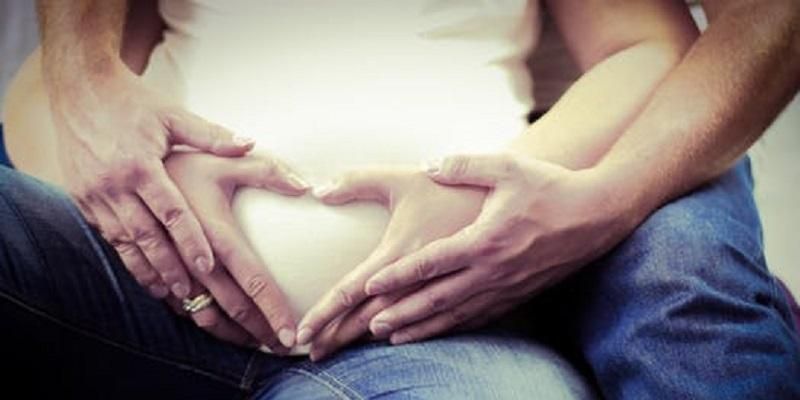
Pregnant women who go to sleep on their back during the later stages of pregnancy face an increased likelihood of suffering a stillbirth, according to new research.
The study of more than 1,000 women found doing so made it 2.3 times more likely that stillbirth would occur.
The findings support previous smaller-scale studies suggesting a link between sleep position and late-stage fetal death.
The research involved an international collaboration, including the universities of Manchester and Leeds, and the results are published in the Journal of Obstetrics and Gynaecology.
Around 11 babies every day in the UK are stillborn – that is about one in 225 babies. The UK ranks 24th out of 49 high-income countries for stillbirth rates.
The researchers point to the UK’s comparatively high stillbirth rate to argue that the situation in the UK should be improved.
More than 1,000 women from the Midlands and North of England were recruited into the study – 291 women who had a stillbirth 28 weeks or later into their pregnancy and 735 women who had a live birth, the control group. The women were interviewed about their sleeping positions amongst a number of other factors.
Link between sleeping position and stillbirth
An analysis of the results reveal that women who had a late stillbirth were 2.3 times more likely to report going to sleep on their back on the night before the baby died.
Dr Tomasina Stacey, lecturer in maternal health at the University of Leeds and a member of the research team, said: “A stillbirth is a devastating experience.
“The message that emerges from this research though, is that women can modify this particular risk factor themselves. When they go to bed, they should try to settle to sleep on their side and not their back – it doesn’t matter if it’s the left side or the right side.”
She added: “They should not worry if they wake up and find themselves on their back. The important thing is to commence sleep on their side.”
The researchers estimate that if no pregnant women slept on her back, late-stage stillbirths could fall by 3.7 per cent in England.
The study did not investigate how sleeping positions were impacting on the unborn baby but the researchers suggest a number of theories.
Baby could experience reduced oxygen flow
In the late stage of pregnancy, when a women is lying on her back the combined weight of the baby and the womb puts pressure on the mother’s blood flow and this can restrict blood flow and oxygen to the baby. Also, a woman may experience disturbed breathing patterns when she is asleep on her back.
Dr Stacey was one of the first academics to highlight the association between sleep position and the increased risk of stillbirth in a paper that was published in the BMJ in 2011.
Then working in New Zealand, she said more research was needed to confirm her findings. Since then there have been three other studies with similar results. This latest research is the largest investigation of the observation to date.
Four charities funded the research: Action Medical Research, Cure Kids, Sands and Tommy’s.
Tommy’s is launching a public health campaign to alert women that it is safer for their baby to sleep on their side.
Louise Silverton, Director for Midwifery at the Royal College of Midwives, said: “We must do all we can to bring stillbirth rates down.
“This addition to current knowledge is very welcome. The Tommy’s campaign and the research findings are a great example of how through making small changes we can begin to bring down stillbirth rates. It is a simple change that can make a difference and it will be important to ensure that this is communicated effectively to women.”
Further information
For media enquiries email the University of Leeds Press Office at pressoffice@leeds.ac.uk.